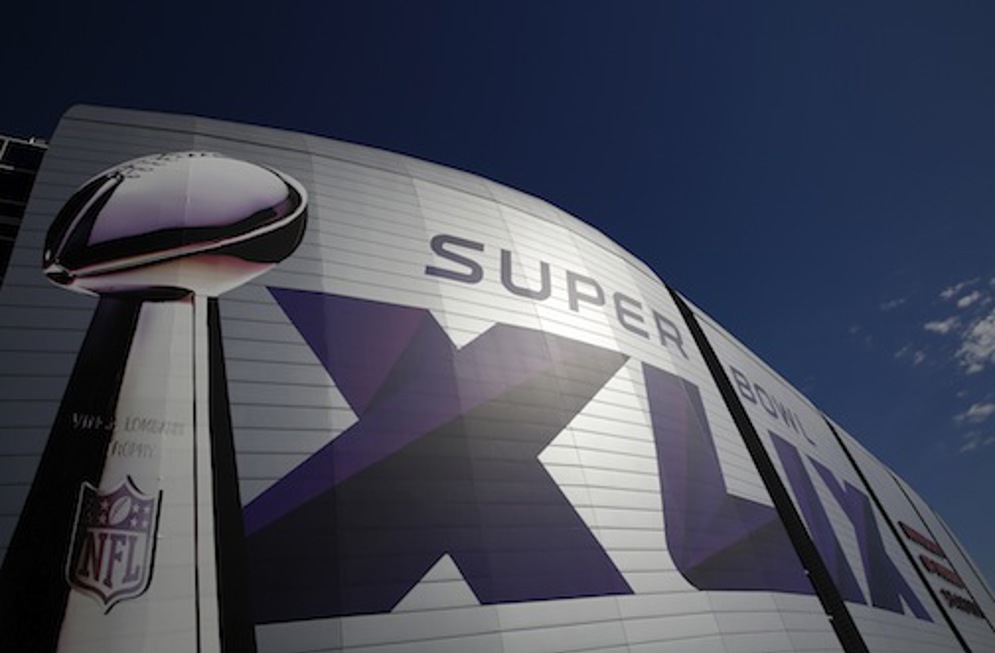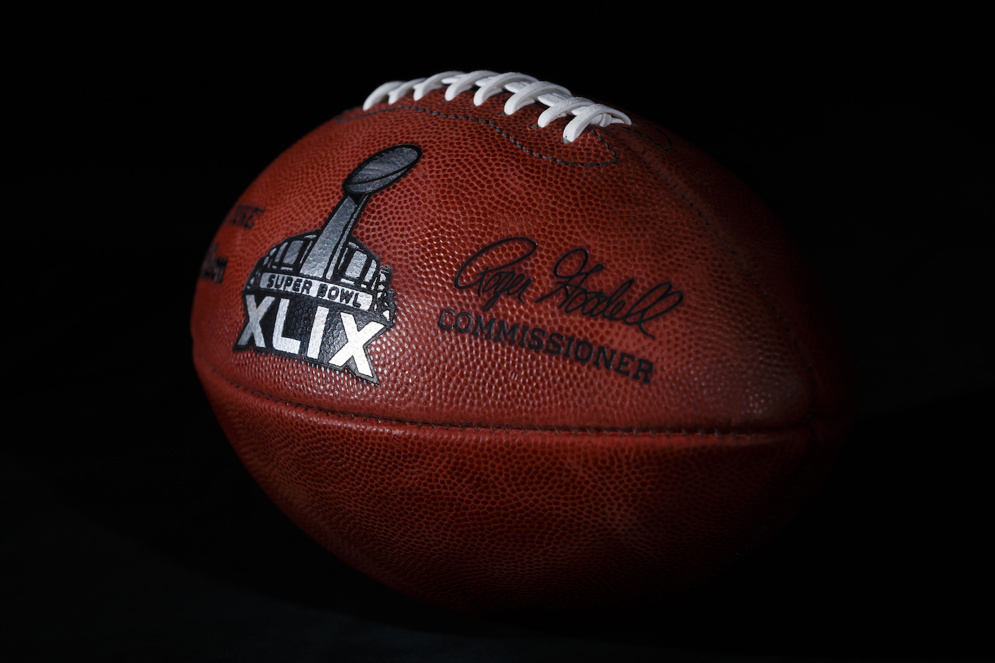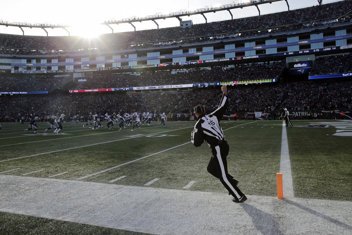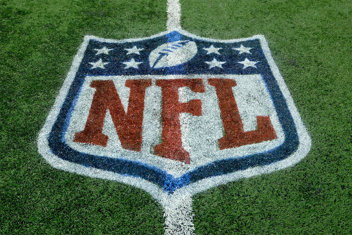Preparing Super Bowl XLIX Game Balls

As with everything about Super Bowl XLIX, this year’s version of the NFL’s annual showcase event, the league is leaving nothing to chance with the footballs that each team’s offense will use in the big game. These footballs are prepared as they would be for any other game, with a few additional steps to ensure that they are game time ready.
After the conference championship games end, Wilson ships 54 game footballs to each of the participating Super Bowl teams. The teams are allowed to prepare and practice with these footballs until the Friday before the Super Bowl. Each team’s quarterback can prepare the footballs to suit his preferences — as long as his preferences comply with league specifications, rules and policies.
On the Friday before the game, the league designated equipment manager (EM) collects the prepared game footballs from each team. He inspects them to make sure they are in game condition and are free of anything that would make them unfit for game action.
Any footballs that fail to meet the EM’s or the league’s standards will be removed — usually seven to 10 balls. The EM will then place the game balls in equipment bags, which will be secured and stored overnight with NFL Security.
On Saturday, the EM, NFL Security and a professional sports authentication company representative certify the game footballs with a “PSA/DNA” mark, which authenticates them as official Super Bowl XLIX game balls.

After the game balls are marked, the EM places them back in the bags and securely reseals the bags. They are then locked in a room secured by NFL Security until they are brought to the stadium approximately 3 hours before the game.
At that time, the EM brings the game footballs to the officials’ locker room, where all are checked for game readiness, including proper inflation. All footballs must be inflated to between 12 ½ and 13 ½ psi (pounds per square inch). The referee will not make adjustments to the pressure of any balls that are inflated within that range.
Once the final inspection is complete, the balls are marked again, this time by the game’s referee, as ready for use in the game. The league recommends that referees mark each team’s balls with a different colored pen on the laces so that the balls are easily identified on the field.
The EM and his crew again take possession of the game footballs. Unless they are being used for an offensive play, each team’s game footballs will be in the possession of a crew member for the rest of the game.
At halftime, crew members will collect all of the game balls and take them to back to the official’s locker room, where they will be rechecked to see if they are still properly inflated. The EM will then return the re-inspected balls back to each sideline, where they will be rotated into the game in the second half as needed.


